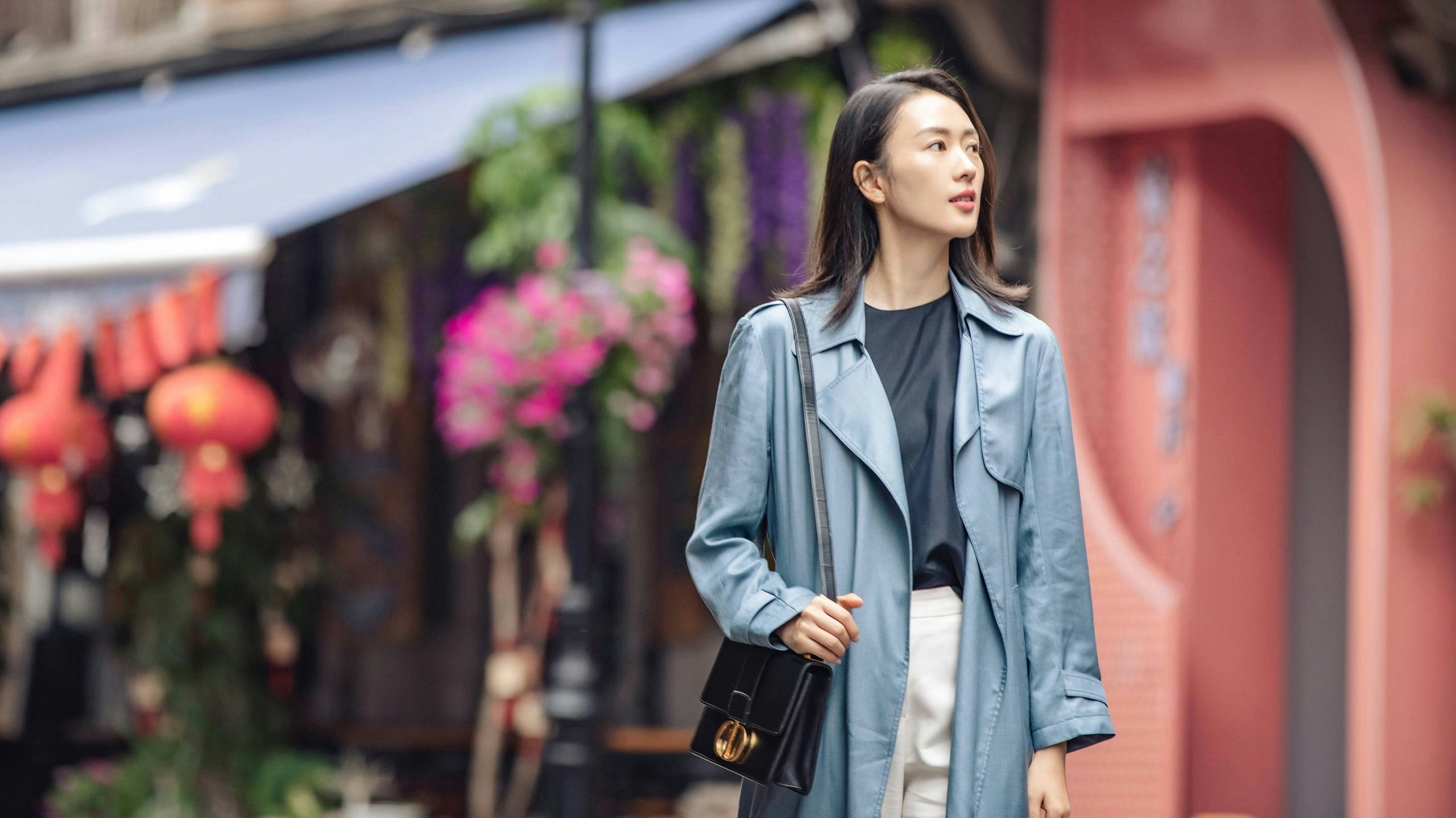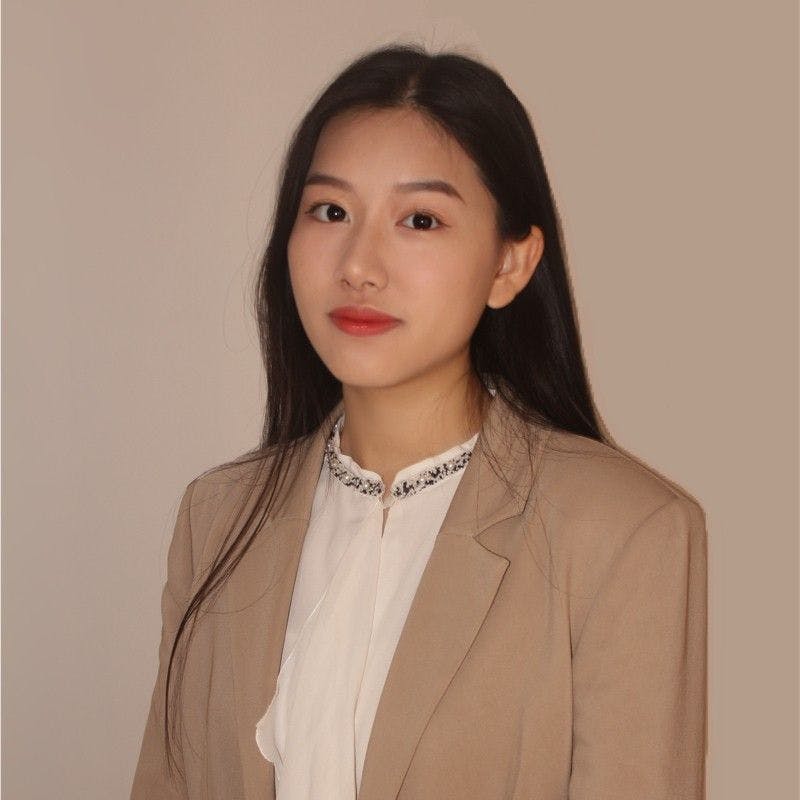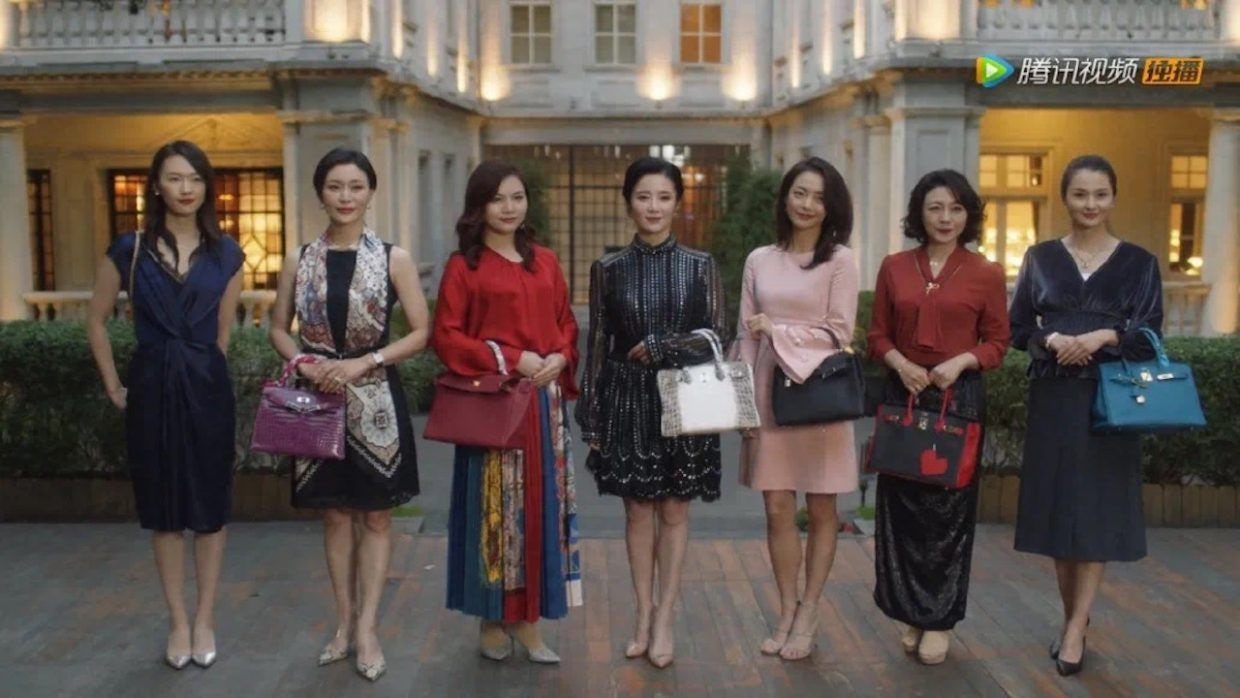Key Takeaways:#
The hashtag #DramaIreSyndrome is resonating with netizens, hitting 110 million views on Weibo recently.
Yunhe data shows that 59 percent of the C-drama watchers were women in 2020, and 70 percent of those were in the age category of 20-39, coinciding with the top luxury target.
The exposure gained through luxury product seedings in popular TV shows is definitely worth an investment. The show “Nothing but Thirty,” for example, garnered 4 billion views within 18 days of its release.
“[In teleplays,] they always take a taxi or have someone picking them up, live in luxurious apartments in the city center, and every day are dressed with luxury brands head to toe... But the plot says they come from ordinary families and only make 3000 yuan (465) per month,” reads a user post on Weibo alongside the hashtag #DramaIreSyndrome. It's a tag that resonated immediately with Chinese netizens, recently hitting 110 million views on Weibo.
That is because drama watchers are upset at how luxury product seedings are ruining many TV series plotlines. “Drama ire syndrome” (#剧怒症) derives from the anger audiences feel when their favorite narratives fail to live up to the standards of conventional wisdom.
For instance, in the popular teleplay “My Best Friend’s Story” (“流金岁月”) Zhu Suosuo, one of the leading figures, who saw her parents divorce at an early age and grew up with a poor uncle, recently appeared on-screen in a red Givenchy dress and Loewe handbag. For this character, this was an unrealistic outfit. But with high-end brands fighting to dress key characters in popular Chinese TV dramas, this problem has only gotten worse.
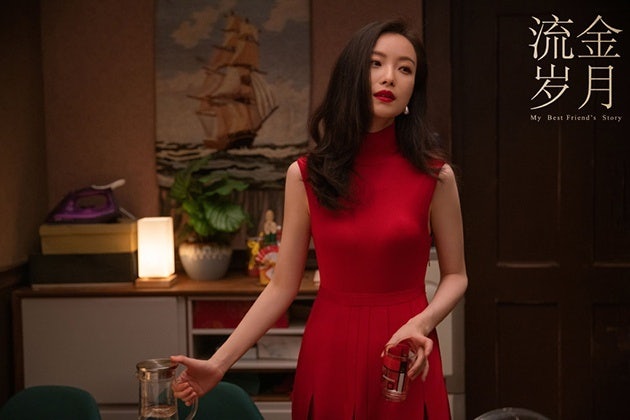
The success of Chinese and Korean shows has been attracting the attention of luxury players. And product placements in these dramas quickly revealed an effective tactic for reaching a broad audience in the hopes of building China's next “IT” product.
However, the poor-girl-falling-for-a-well-off-handsome-guy narrative remains one of China's most beloved genres, explaining why luxury brands feel they have no choice but to dress up even these "poor" lead roles. But after this current backlash, will soap operas remain a good channel for brands wanting to promote their collections?
Why are all luxury brands eyeing soap operas?#
Korean and Chinese dramas have become trendsetters in the domestic market, as fashion looks in these shows often get imitated by local consumers, especially young women. Yunhe data shows that 59 percent of teleplay watchers were women in 2020, and 70 percent were in the age category of 20-39, coinciding with luxury's desired consumers and making soap operas the perfect platform where brands to target their buyers.
“TV dramas realize ideals,” says Chenxi Shi, a senior consultant and intelligence project lead at the creative agency iBlue Communications. She explains by saying that many people watch dramas to peek into other lifestyles. Consequently, watchers mirror themselves in the characters and aspire to their lives.
Take, for instance, Tiffany’s seeding in “Nothing But Thirty.” As the protagonist, Gu Jia was portrayed as a successful and independent woman, and this image fully aligned with the brand and resonated well with consumers. Anna Li, a senior PR manager at Premiere PR & Communication, was responsible for Tiffany China and confirmed the product placement in the TV series was a success. In fact, on Weibo, the hashtag #GuJiaOutfit gained 180 million views, and many of the garments and accessories she wore — a Tiffany necklace, a Dior tee, and Bvlgari earrings — became hot trend pieces that season in China.
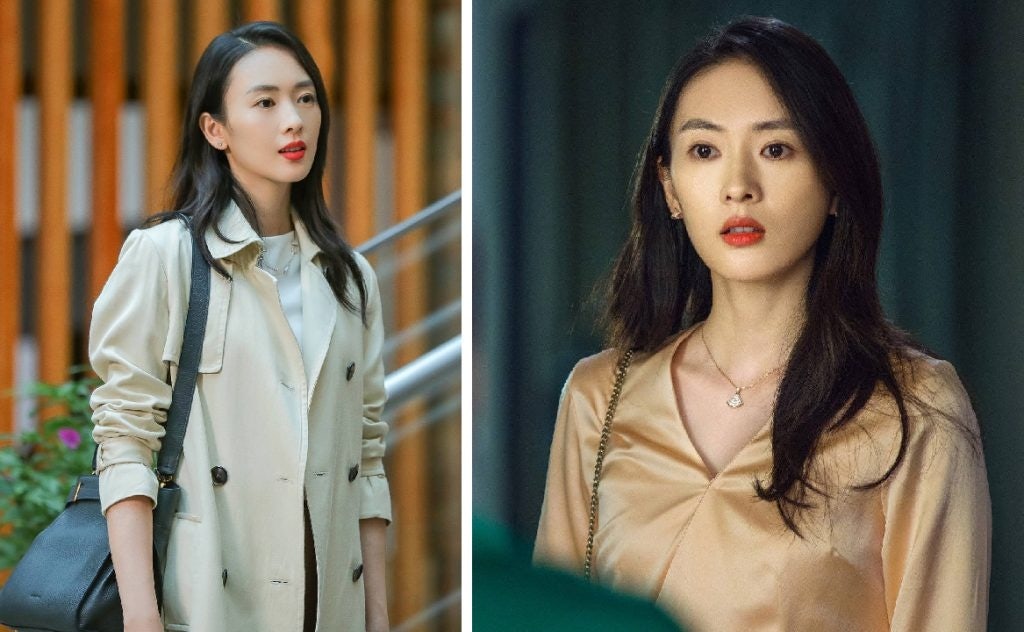
TV placements offer an incredible opportunity for smaller players, too. In the aforementioned “My Best Friend’s Story,” Zhu Suosuo’s puff-sleeve top went viral on Little Red Book, quickly raising awareness of its niche Georgian designer brand N-Duo. But for independent designers, sponsoring the series would not be their best option. Instead, they could actively collaborate with show styling crews and offer their latest collections to the cast.
The exposure gained through seedings in popular teleplays is definitely worth an investment, as “Nothing but Thirty” garnered 4 billion views in the 18 days since its release. However, simply relying on TV exposure is not enough. Brands will need to engage with netizens online by promoting looks via social media platforms and media outlets to boost their awareness and drive sales.
Will luxury face a PR crisis?#
Since the mid-2010s, brands have started leveraging Korean and Chinese dramas to reach a broad audience. But now, they are hitting barriers as local netizens accuse domestic TV shows of delivering unsustainable values to young viewers, distorting reality, and leading them to aspire to conspicuous lifestyles from an early age. Fingers are primarily pointed at the directors and writers. But it is hard to determine how much brands will be affected in the long run.
The soap opera “Falling Into Your Smile” (“你微笑时很美”) is the latest to come under fire, with e-game fans furious that the teleplay does not faithfully portrait players' lives. These accusations come after many viewers spotted the female lead wearing Balenciaga Triple S sneakers worth 995 — even though she is supposedly unemployed and a recent university graduate.
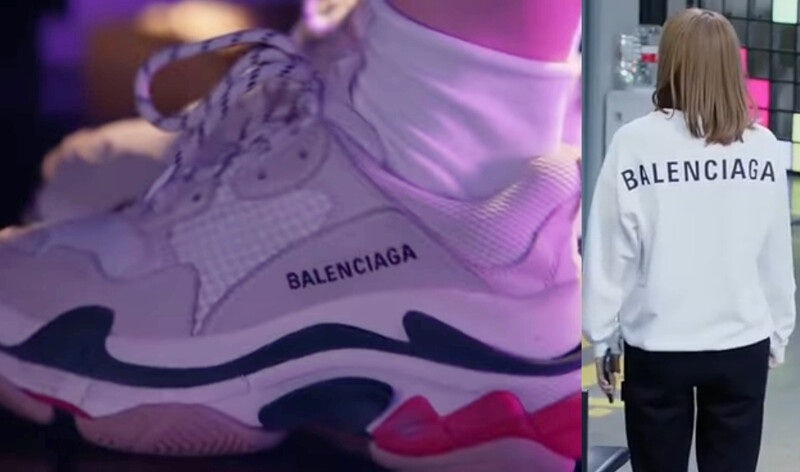
As Shi states, “Brands have to be more mindful and do the groundwork before deciding to put product placements into C-dramas.” The images of the actors, the reputation of the director, and the quality of the script are all factors brands must take into account. Shi suggests that the key to product placement in dramas is “to blend it naturally into a part of the story [so it] becomes an accessory to the character.” Spontaneous seedings like these will surely help luxury players gain an audience's affinity.
Product placement opportunities may lie elsewhere#
Variety shows are China’s latest craze. Different from dramas, they are enjoyed by both female and male audiences of all ages. Indeed, reality TV presents a new frontier for brands to sponsor or dress celebrity presenters and guests. Shi notes that “audiences are more tolerant of product placement in variety shows because they tend to be more ‘down to earth’ than TV dramas.” Consequently, watchers can more easily associate these products with their daily lives.
The approach to variety shows is also more versatile. In “Who Is The Murderer,” presenter Jiong He included Fendi, Gucci, Tiffany, and six other brands in his song “I hope to find in your shopping.” The tune quickly went viral on China’s Douyin and other major social media platforms.
Admittedly, Chinese drama continues to be a great gateway to young consumers. However, companies must be mindful when inserting product placement. For instance, secondary or minor roles can be a new arena for brands to work within a hit TV series — not necessarily leading roles. After all, aligning a show with a brand's image will help a product reach its desired target better.
